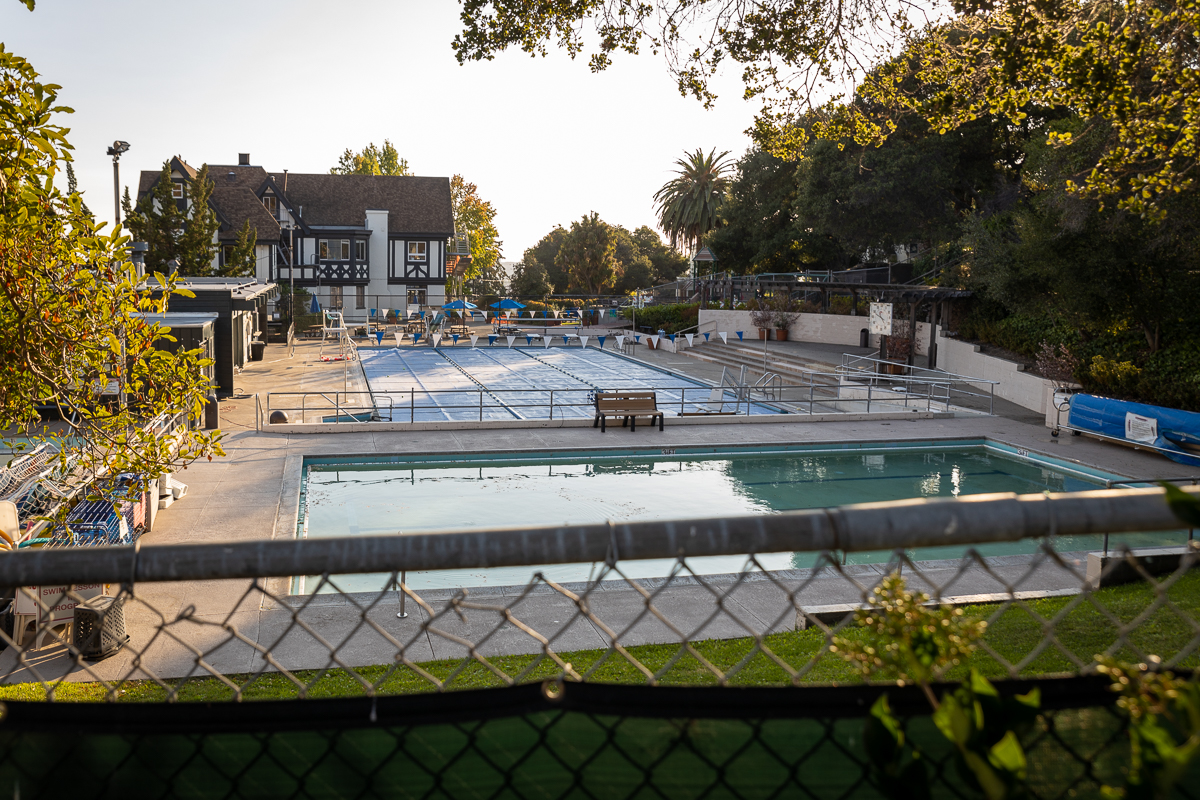We’ve known for 20 years or more that the beloved Piedmont pool was wearing out.
I first got involved in 2005, when my kids were small, by joining the board of the Piedmont Swim Club. The antiquated private nonprofit model, with a City-imposed restriction to Piedmont residents and cap on the number of members, wasn’t a good fit for an obsolescent facility that needed a lot of capital investment.
Following the City takeover in 2011, a thorough and inclusive master planning process developed a practical and detailed master plan for a much larger new facility that can meet the needs of the entire Piedmont community as well as comply with current health, safety and accessibility codes.
Many different user groups use the pool — kids, families, swim lessons, teens and young adults, PHS and private swim teams, middle and high school PE class, adaptive PE, the PHS water polo teams, adult fitness swimmers, and senior water aerobics — and none of these activities can continue in Piedmont without a new aquatics facility.
And because of its age and condition, continued repairs to the existing facility couldn’t address all the code issues, would likely involve unplanned closures, would not be cost-effective, and wouldn’t address the accessibility issues or the simple lack of water space for all the currently programmed activities.
The master planning process included an operational analysis by an expert aquatics consultant, which found that the new aquatic center can come close to covering its operating costs by accommodating many more users at the same time. The new aquatic center will have much more water space, including a large shallow area with zero depth entry for babies and smaller kids that’s connected to a “medium pool” area for older kids and lessons. A completely separate competitive pool with a moving bulkhead can accommodate lap swimming and team practice at the same time.
Piedmont needs to completely replace the pool, and Measure UU is the way to make that happen. Please join me in voting Yes on UU to build an aquatic center that will serve the community for another 50 years or more.

I’ll answer your questions Rick. The pool certainly has something for every group which explains why it has tripled in size, more if you consider water volume. So at a minimum the pool triples GHG emissions. To mitigate, there is a 3000 sq ft solar array atop the building. Onsite solar is better than the grid because it is 100% renewable. The solar array will provide 5% of the facility needs. New pool infrastructure will be energy efficient but that won’t offset the large increase in electrical use. The design also shows that a 600 sq ft solar tube array will provide 55% heating capacity. I’ve found no municipal pool in northern California using this technology. Even if true, that leaves 45% pool heat from burning natural gas which will drastically increase the City’s GHG emissions.
The operational analysis for the pool provides no assessment of the GHG increase that will result so the claim that the pool is sustainable is unproven and most likely wrong. An “all electric” design could be but that would require a radically different design.
The ongoing proposed Reach Code conversation in town is highlighting the need to control Green House Gases. My conclusion is that the Reach Codes are little more than a feel good exercise and will financially burden those in older homes. However, a new pool is a clear path for the City to make a massive contribution toward reducing Green House Gases as about 50% of the Cities energy needs are tied to the existing pool. Giant energy conservation steps can be accomplished with proper energy conservation implementation if UU passes.
What energy saving and Green House Gas reduction steps are included in the proposed new pool complex plan?